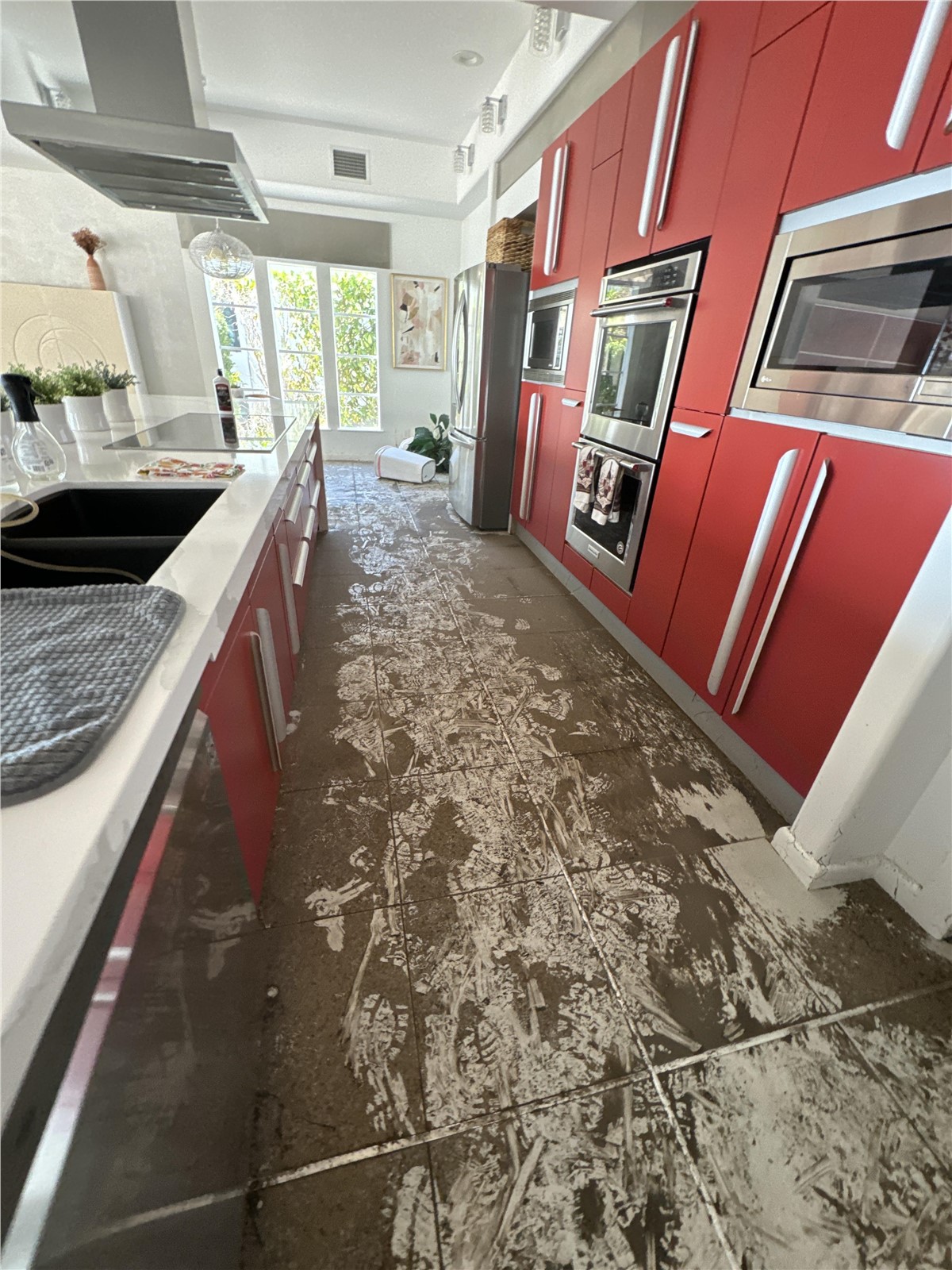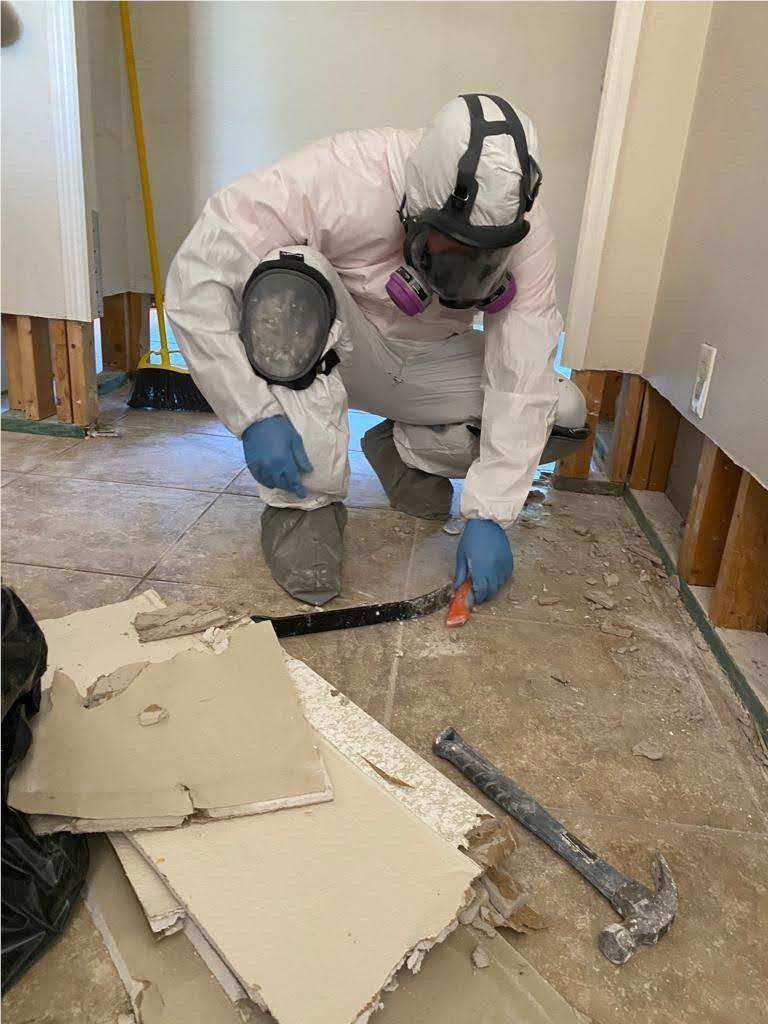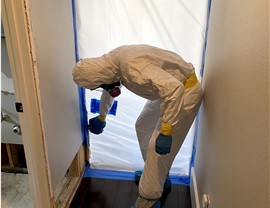Homeowners everywhere fear toxic mold growth, as it can jeopardize their health, ruin their possessions, and render their home uninhabitable until the issue is fixed. While there are hundreds of different types of mold, black mold is arguably the most dangerous, and also one of the most common, releasing toxic spores into the air that can cause health problems and cause the fungus to spread. While most people know of a few of the common causes of mold, there are other causes that many people don’t know about and therefore don’t take the necessary steps to prepare for or avoid. To help you be able to better recognize when mold may become a threat, here are a few lesser-known causes of toxic black mold growth that you need to be aware of.
Basics Needed for Mold Growth
In order for mold to grow, it needs to find a location with ideal growth conditions or else it won’t be able to survive. Here are the basic tenants that need to be met in order for mold to grow:
- Food source: Mold tends to feed on carbon-based materials, including wood, drywall, or cotton.
- Moisture: In addition to food, mold also needs a source of water in order to sustain itself. Combined with a food source, you can see how mold can grow in homes so easily after flooding.
- Oxygen: Mold can’t grow in a location that’s permanently underwater—it needs to be able to breathe somehow.
- Heat: Mold can’t grow in freezing temperatures, which explains how food left in the freezer for so long can go without having mold grow.
- Darkness: Mold needs a place where it can thrive without being exposed to any sort of ultraviolet light, which kills mold and prevents it from growing. Sunlight naturally contains UV light, as do many of our lightbulbs (in significantly smaller amounts).
- Time: Mold can’t grow in just a few minutes—it generally takes one to two days for it to settle and take root to the point where it can start to spread.
Here are a few of the lesser-known potential causes of mold growth and spread throughout your home:
Humidity
Your home doesn’t necessarily need to flood in order for mold to start growing. In fact, it takes far less than that in most cases. Mold growth just needs a small amount of sustained moisture, and an area that gets wet will stay wet for much longer in high-humidity conditions. Thus, even a small water spill in carpet or a minor pipe leak in your walls can become a major mold growth when humidity is high.
Poor Ventilation
Poor ventilation in an area means airborne moisture levels will prevent any stagnant moisture from evaporating. Thus, these areas, which are often dark and small, will usually become prime spaces for mold to settle and begin to grow. Good ventilation can not only help your home dry out faster in the event of flooding, but effective ventilation may even be able to prevent mold from growing at all.
Foundation Water
Water that accumulates down in the foundation of your home can cause mold to grow down beneath your home, potentially releasing these toxic spores into your home. Foundation mold can be extremely difficult to track down, and even more difficult to remove without tremendous amounts of work to your home. On top of that, water around the foundation of your home can cause it to potentially start to slip or sink, resulting in the need for serious repairs as well. You’re best off having a contractor install some sort of a method of draining the water away from your home’s foundation if you notice that rainwater tends to accumulate up against the walls of your home.
Condensation
Condensation is the term for water vapor that has condensed, or returned to liquid form, on a cool surface. This can happen in nearly any climate, but is particularly prevalent in warmer, high-humidity climates where cooler surfaces attract large amounts of water vapor out of air that’s full of it. Condensation is water, and this water is the moisture that mold needs in order to grow. Even if there’s something over the top of one of these surfaces where water is condensing, mold can still grow, and even then the surface may provide the all-important “food” condition needed for mold growth.
Tags
Subscribe to Flood Pros USA's Blog







Comments